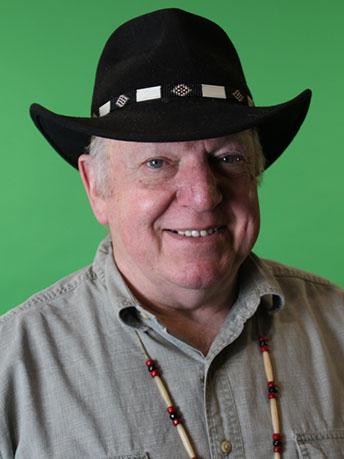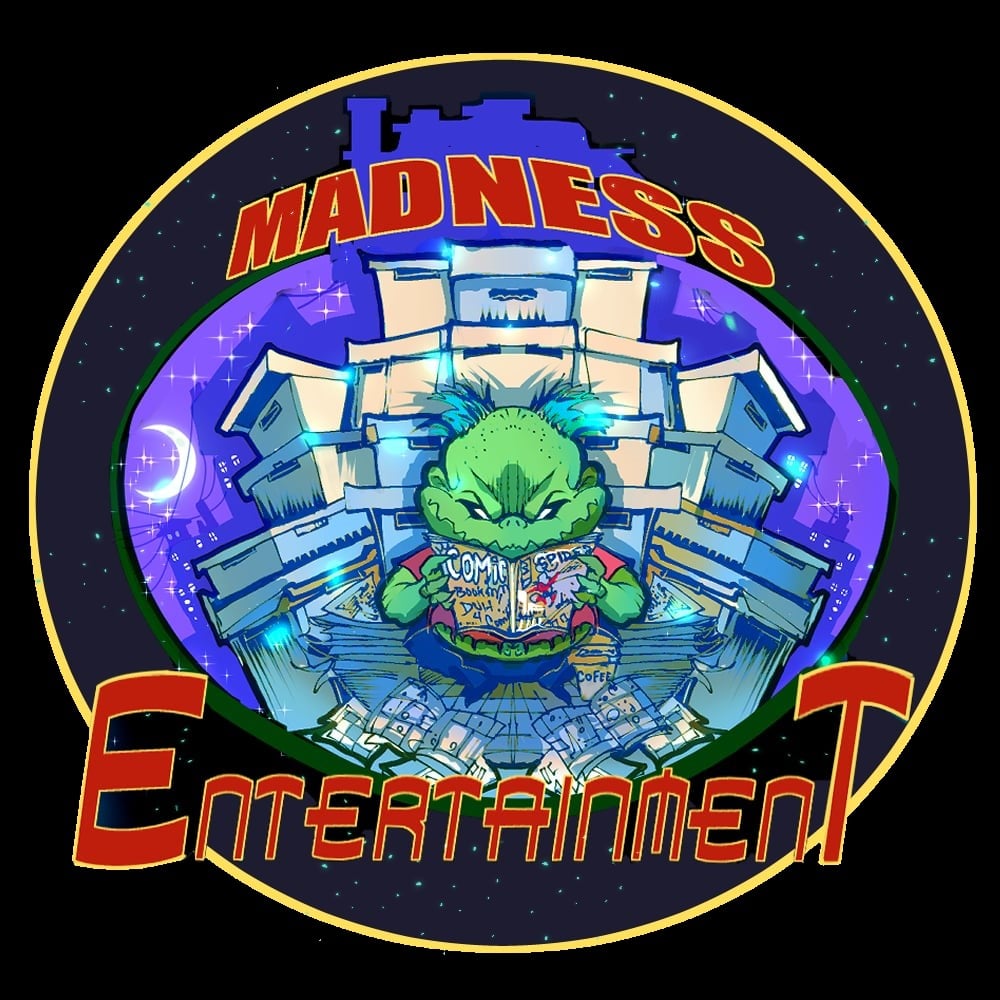Enter the Lost World of Mike Grell: Part One
FTC Statement: Reviewers are frequently provided by the publisher/production company with a copy of the material being reviewed.The opinions published are solely those of the respective reviewers and may not reflect the opinions of CriticalBlast.com or its management.
As an Amazon Associate, we earn from qualifying purchases. (This is a legal requirement, as apparently some sites advertise for Amazon for free. Yes, that's sarcasm.)

At the August 2017 Wizard World in Chicago, veteran comic artist and storytelling legend Mike Grell will be inducted into the Wizard World Hall of Legends.
When I heard of the hall, I wondered why it wasn't called the more traditional "Hall of Fame." But after speaking with Mike on some of the touchstones of his career that led to this induction, I have to admit that "Legends" is exactly the right word. We think our readers will agree after they've hear the same stories.
In an interview too big for one publication, Critical Blast is proud to bring you the first of a three-part interview with Mike Grell.
Congratulations on being inducted into Wizard World's "Hall of Legends." As you look back over your career, is there a singular moment you can point to where you can say, "Hell yeah! That thing right there is why I deserve to be in there?"
 Boy, that's a helluva question. I think probably my biggest contribution to the industry, in general--let's take creativity out of the equation here: I was the first artist to sign with Pacific Comics. It was essentially a breakaway publishing company. They came to me in...I think it was 1980 with an offer that I really couldn't refuse, which was creator ownership of my properties. I took them STARSLAYER.
Boy, that's a helluva question. I think probably my biggest contribution to the industry, in general--let's take creativity out of the equation here: I was the first artist to sign with Pacific Comics. It was essentially a breakaway publishing company. They came to me in...I think it was 1980 with an offer that I really couldn't refuse, which was creator ownership of my properties. I took them STARSLAYER.
I was the first artist to sign. Jack Kirby was second. Jack's book came out ahead of mine because Jack could probably write and draw a page while we're talking here. Neal Adams was third. I think a couple of issues of MS. MYSTIC came out from Pacific before they self-destructed.
As a result of that, and not just Pacific Comics but First Comics, we effectively changed the shape of the industry. Creators for the first time were allowed to own their own material and receive royalty payments. And that wouldn't have happened in the industry if a few guys like myself hadn't basically [challenged it]. That's going to be my epitaph.
So to balance out that first question, is there anything you can look back at and think, "Wow, I wish I had a do-over on that one. They might kick me out if they remember I did that?"
(Laughs) There's been more than one moment where I've opened the book that I had labored over, thinking I had done such a helluva job, and went, "Oh my God, I can't believe I'm looking at this!" I would say probably for the first ten years that happened regularly.
But I also think that that's probably a sign of growth and maturity as an artist. If your "smugly content" with your work, you can stagnate, I think. There was a popular artist, Boris Vallejo, who used to do a lot of fantasy illustrations. In 1974 or 75, Ballantine Books published a [collection of his] artwork. And Mr. Vallejo made what I thought was the most ridiculous statement I've ever read from an artist when he said, and this is a quote, "Art no longer holds any mystery for me, because I have mastered every aspect of it." And I thought, oh, yeah. Let's take ego out of that equation and just say that I'm still learning. I've been in the comic industry for forty-four years now, and I'm still learning. Every time I go to a convention or meet with another artist or pick up a new book, I'm inspired; I find something that leads me on to the next step. I don't draw the same way that I did last year. I don't draw the same way that I did six months ago. I still have a lot to learn.
One of my favorite series -- not just of yours but of my comics-reading youth -- was DC Comics' WARLORD. And one thing that was always counted on was that double-page splash that followed the introductory first page, where you learned that, "If you let down your guard for an instant you will soon be very dead." How did that become a thing? Because it was very effective storytelling even though we know what the text would be before we flipped the page.
I got away with that because, number one, I knew that page two and three were always in the same position in the books. Pages two and three and pages six and seven were never changed in their relative positions in the books. So if you're going to do a two-page splash, it was always there.
| "Every time I go to a convention or meet with another artist or pick up a new book, I'm inspired; I find something that leads me on to the next step. I don't draw the same way that I did last year. I don't draw the same way that I did six months ago. I still have a lot to learn." |
How I got away with it was because Joe Kubert had done it in the TARZAN book. Joe typically had a splash across a page and two horizontal panels down below it--sometimes as many as four panels down below. That was the trend that he started. When I first did it in WARLORD, my editor Joe Orlando said, "You can't do that." And I said, "Yes I can. Joe Kubert does it." And he says, "Well that's Joe Kubert. You're not Joe Kubert." And I said, "Yeah, but Joe Kubert does it." Finally he realized that it was like arguing with a four-year-old--you're not going to win this argument because I'm just not going to let it go. So he acquiesced and said, "All right, go ahead."
I think I carried that same sort of 'break the rules' attitude throughout my career. One time a guy told me that he didn't think comic strips were all that interesting because you're limited to a horizontal panel. I said, "You mean like a movie screen?" So I did one whole issue where every single panel was horizontal in the same relative relationship--panel after panel, page after page after page. We called it...it was supposed to be "Nightmare in CinemaScope," but it was changed to "Nightmare in VistaVision," because Warner had the trademark on VistaVision, and CinemaScope was somebody else.
I did another book where everything was told in vertical panels, two panels to the page. That was one of the ones where, when I first saw it in print, I want, "Oh my God." You could read this entire book in three minutes--that's if you're a slow reader. But looking back on it from the distance of time, that story does hold up very well...and the fans really loved it. I had a number of people say that was their favorite issue of the entire series. So I guess I did a couple of things right.
 Did you ever get one of those Remco WARLORD action figures they came out with? Because if I had a character that became an action figure, I'd definitely want one.
Did you ever get one of those Remco WARLORD action figures they came out with? Because if I had a character that became an action figure, I'd definitely want one.
Are you talking about that one with the Masters of the Universe figures? It cracked me up, because everybody had the same body. It looks like he's constipated and trying to crap a watermelon.
(Click here to continue on to part two of this interview series with Mike Grell.)



